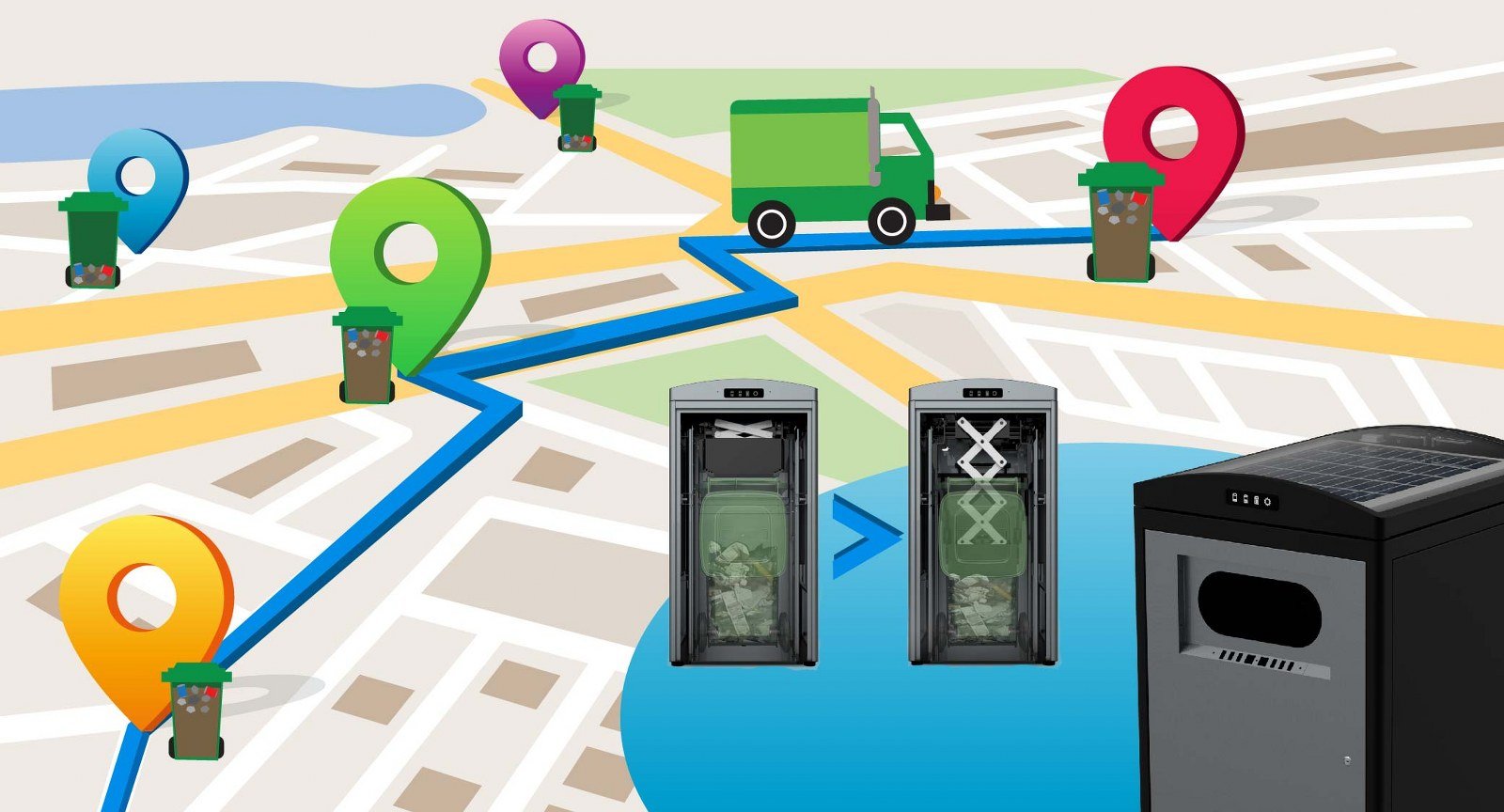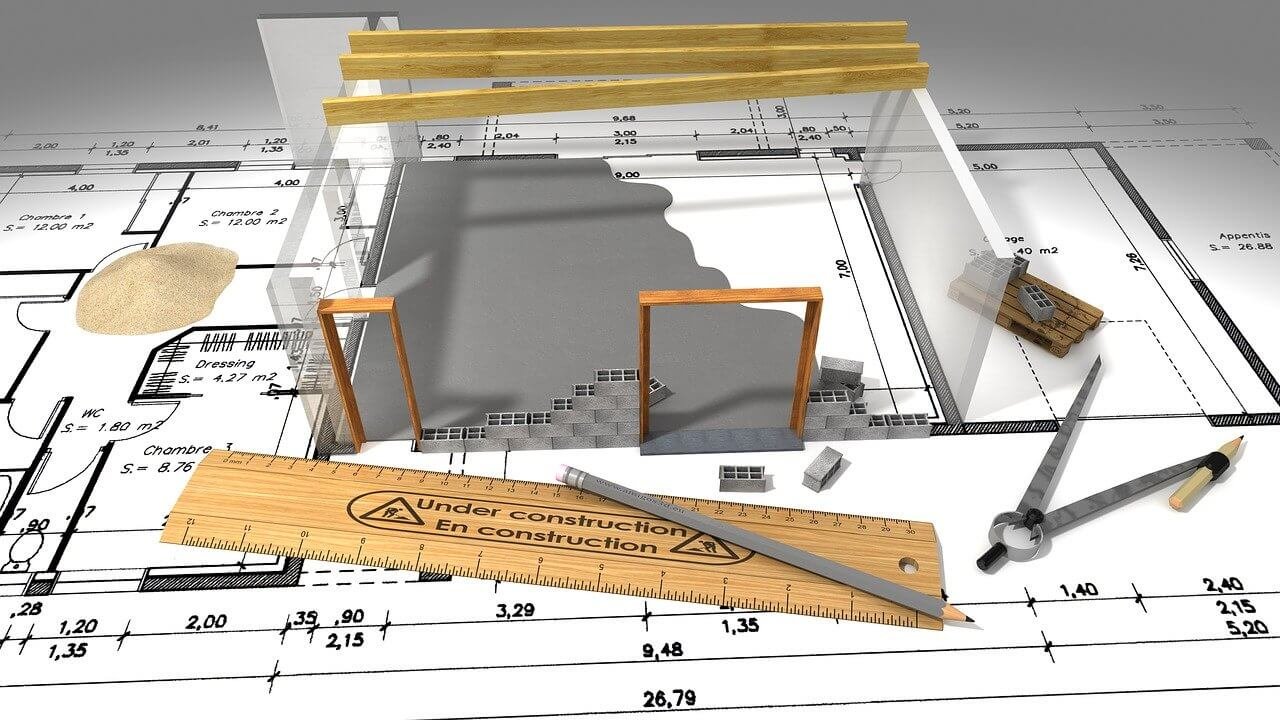An Overview:
The total Global waste is expected to double from nearly 2 million in 2016 to 4 billion tonnes by 2050 as the urban populations grow. As the population increases the consumption and waste, managing this waste will become an even more significant challenge. The Internet of Things (IoT) is used to develop smarter and more effective ways of managing and reducing waste.

IoT Applications in Waste Management:
IoT applications in waste management are engaging cities in projects of making waste practices more sustainable. Optimizing the garbage collection routes based on actual disposal unit fill levels is impactful. We need to manage, reduce, recycle, and reuse the mountains of waste generated in cities every day. Technology has stepped in to help us make city management operations more sustainable. IoT’s impact on the waste management industry increases; the future of recycling will look promising.
IoT applications in waste management are effectively improving the urban operations and are being replaced with sensor-enabled bins and sophisticated waste management applications. One of the salient features of any IoT enables applications to send and receive data in real-time and data is used for a multitude of applications. Through sensor-enabled intelligent technology, dustbins and garbage can be connected to the Internet as ‘Digital Bin or Can.’
For example, once someone empties waste into the smart bins or IoT Garbage can, they scan the code on that bin and immediately send data to the waste collector. This data leverages collectors to identify the level and quantity of waste to be recycled and can be further optimized logistic operations like the size of the vehicles used, what routes to follow, or which garbage to be collected later and so on.
IoT Data to Recycle Products:
The success of any IoT-enabled application lies in the collection of massive amounts of data, often in real-time, and the distillation of those data into insights. As the sensor technology advances, a whole array of everyday objects are being connected to the Internet to exchange information.
The common IoT application in waste management currently is an automated route optimization of garbage pick-up trucks. These trucks follow specific routes every day to collect trash. The IoT applications are improving this scenario by giving sanitation workers insight into the actual fill level of various disposal units, varying by the day, week, and season.
Sensor-enabled and internet-connected garbage bins collect information on fill level, temperature, location, and other data than the municipal department finds useful. With the help of a user interface revealing the locations and fill levels of all bins, waste collectors can get an automated route planned for the prioritized areas in urgent need of cleanup and avoided disposal units that still have room.

How Do Smart Cities Manage Waste?
IoT enables automation, through cyber-physical systems that change the way waste management takes place. Some cities are using a combination of IoT and sensors to operate smart waste management systems. The cities is connected by a truck-free waste management system and automated waste disposal bins and located throughout the city. Pneumatic pipes suck waste directly from premises into an underground network of pipes and tunnels.
These improvements of urban waste collection services are an achievement of more efficient management of waste, is one of the main challenges that the cities face, mainly due to population growth.
Key Role of Real-Time Data:
Real-time data involves making unnecessary trips to almost empty containers and, on the other hand, not meeting the demands of those that are almost filled, and in some cases overflowing. We can find those that take advantage of valuable information that provides the data in real-time from the sensors installed in them.
The design will be said to an intelligent urban waste collection system that raises practical questions responding to the details and determining in real-time for the available resources as efficiently as possible. At the technological level, the system will also go through information systems that collect and process relevant data, including those provided by the IoT and other related to the Big Data universe.
The objective of the use of real-time data and other new technologies that seek to maximize the usefulness of data is no different than to reduce the overall cost of collection for greater efficiency.
To know more about Architecture Technology, Stay Tuned.



